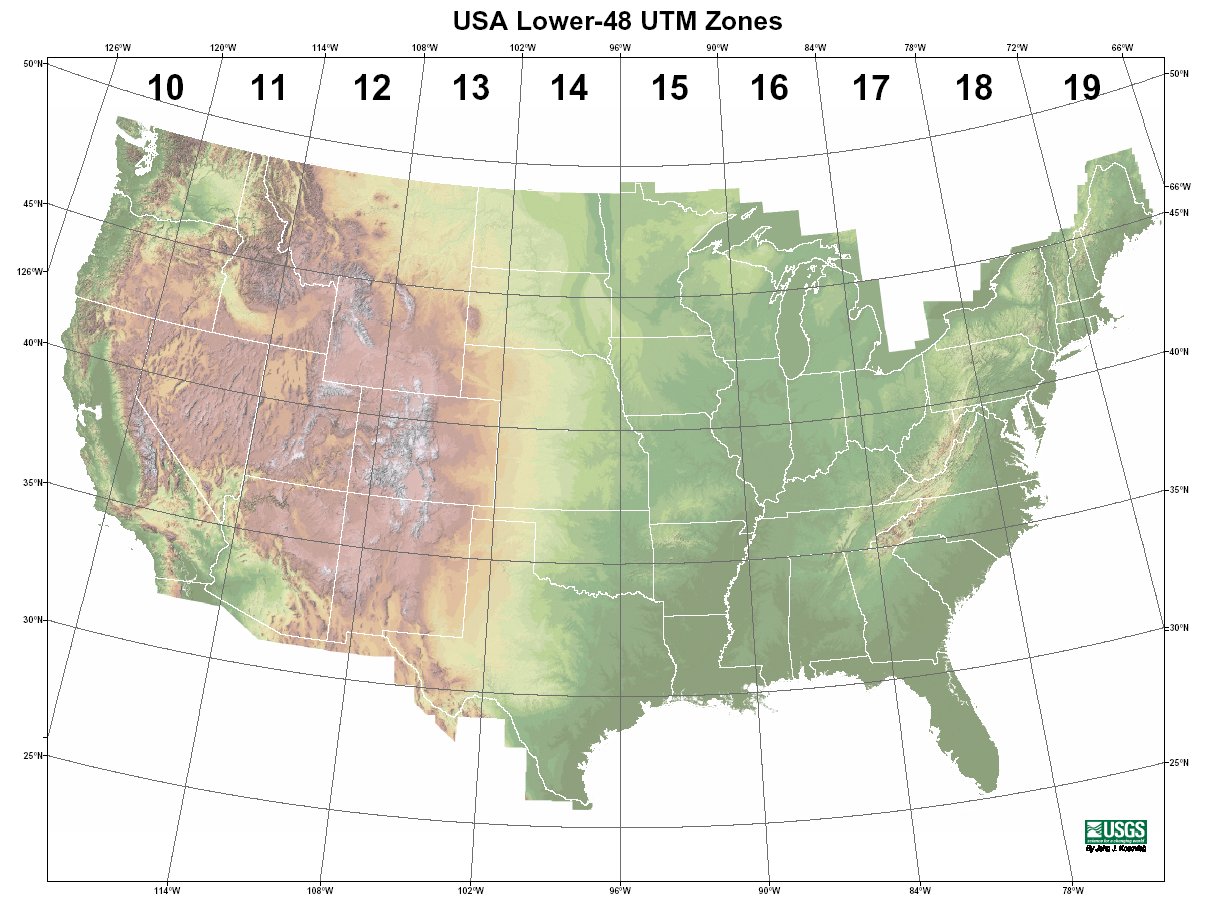
Now the status bar at the bottom of the window will show you the coordinate and the UTM zone. Just go to the software’s Preferences and in the coordinate system (in mine it says “Show Lat/Long”) you choose “Universal Tranverse Mercator”. Use “23K” or “23 south” but if you’re not studying the Yakutat Seamount, please don’t use “23S”.Īnd how can I find the right zone?, you might also ask? One simple trick is to use Google Earth. And the same zone in the northern hemisphere is “23N”.Īnd what should I use in my maps?, you might ask. So a map projected in UTM, zone 23, southern hemisphere is just “23S”.
#Utm zone map software#
So why this happens at all? Simple, GIS software just don’t care! For a computer, all that matters is if your area is north or south of the Equator line. See how the whole thing looks (click to enlarge):įrom that image we can see that a study area located in southeastern Brazil, like the city of São Paulo, will be in UTM zone 23K or 23J, but not 23S. Most of Minnesota is contained in UTM Zone 15, with the western-most. Then each zone is divided into 8° latitude bands, which are labeled by letters, starting with “C” at 80°S and going trhough the English alphabet until “X” (“I” and “O” are excluded because they are too similar to numbers 1 and zero). The choice of projection determines how features on the map look and what kind of.


Zone 1 starts at 180° and zone numbering increases eastwards. The UTM system divides the Earth into 60 zones (or fuses) of 6° longitude (plus some special zones at high latitudes). If there’s one thing that I see all the time as a reviewer, is a map of some study area in Brazil with a caption like “UTM coordinates zone 23S”.


 0 kommentar(er)
0 kommentar(er)
